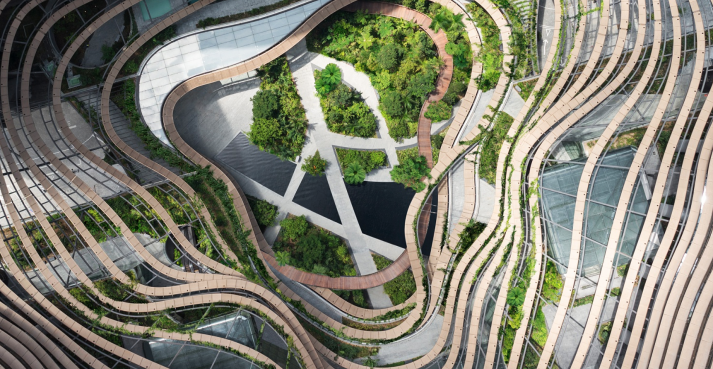How Landscape Design can Save You Time, Stress, and Money.
How Landscape Design can Save You Time, Stress, and Money.
Blog Article
Landscape Design Fundamentals Explained
Table of ContentsSome Of Landscape DesignThe Buzz on Landscape DesignThe 5-Second Trick For Landscape DesignWhat Does Landscape Design Do?
When creating a residential landscape, one of the most vital action is to put an intend on paper. Developing a master plan will certainly conserve you time and cash and is much more most likely to result in a successful layout. A plan of attack is established via the 'style process': a step-by-step technique that thinks about the ecological problems, your desires, and the elements and principles of layout.The five actions of the style procedure consist of: 1) carrying out a site supply and analysis, 2) determining your demands, 3) producing functional diagrams, 4) creating conceptual layout strategies, and 5) drawing a last layout strategy. The very first 3 steps develop the visual, functional, and gardening demands for the design. The last 2 steps after that apply those needs to the production of the final landscape strategy.
This is a critical step for both plant choice and positioning and finding family activities and features. It's essential since the very same climate conditions that affect the plantstemperature, moisture, rainfall, wind, and sunlightalso influence you, the user. The following action is to make a list of your demands and desiresthis helps you figure out exactly how your lawn and landscape will certainly be used.
The functional representation is after that used to find the task rooms on the site and from this layout a conceptual plan is established. The last action is a last layout that includes all the hardscape and growing information that are required for setup. Throughout the style procedure there are 10 essential points to think about: for plant option and activity location by considering what you want and need to assist establish forms and organize areas by marking activity locations and relating to components for both the environment and the individual by utilizing massing and layering strategies such as transition areas and focal points in the materials, the colors, and the surface appearances for the growth and maintenance of plants by utilizing sustainable design practices A thorough supply and evaluation of the website is vital to identify the environmental conditions for plant development and the finest usage of the site.
5 Easy Facts About Landscape Design Explained
The kind of soil identifies the nutrients and wetness available to the plants. It is always best to utilize plants that will thrive in the existing soil. Soil can be modified, change is often expensive and most times inadequate. Existing greenery can give hints to the dirt type. Where plants grow well, keep in mind the dirt problems and utilize plants with comparable growing requirements.

Sun/shade patterns, the quantity and length of direct exposure to sunlight or color (Figure 1), develop microclimates (in some cases called microhabitats) - Landscape Design. Recording site problems and existing vegetation on a base map will certainly reveal the area of microclimates in the lawn. Plants generally fall right into 1 or 2 find more information of four microclimate categories-full sun, partial color, color, and deep color
Facts About Landscape Design Uncovered
Utilities such as power lines, septic storage tanks, underground utilities and roofing system overhangs identify plant location. Use a surveyor's plat of your property for the borders and area of your home.

Figure out the time and money you are willing to put into preserving the plants and hardscape-be realistic concerning your intents and ability. Suggested usage areas. Credit: Gail Hansen, UF/IFAS There are lots of different landscape layout themes- from basic to complicated, however it is valuable to pick one to lead your plant and material choice.
Several people discover it useful to search in gardening magazines and publications for ideas. This is a great start, yet know that the gardens in the pictures were picked due to the fact that they are exceptional instances. Take a look at the pictures with a vital eye to collect concepts that you can adjust to your passion level, your budget plan and your website.
Choose if you intend to open your lawn, close your backyard, or a little of both, to these sights (Landscape Design). In other words, do you want the garden to confine the room around you and relate mostly to your house, or do you want the garden to open sights and look exterior, connecting to the surroundings? This will certainly offer you a beginning indicate believe concerning a motif
The Ultimate Guide To Landscape Design
This is called "feeling of location", which suggests it fits with the surroundings. There are both kind motifs and style motifs. Every garden needs to have a kind style, but not all yards have a style motif. Numerous household gardens have no certain style other than to mix with the home by duplicating details from the style such as products, color, and kind.
In a kind style the company and form of the spaces in the backyard is based either on the form of your house, the shape of the locations that site between your home and the property limits, or a favorite shape of the homeowner. The type style figures out the shape and organization (the layout) of the spaces and the read this article web links in between them.

Report this page